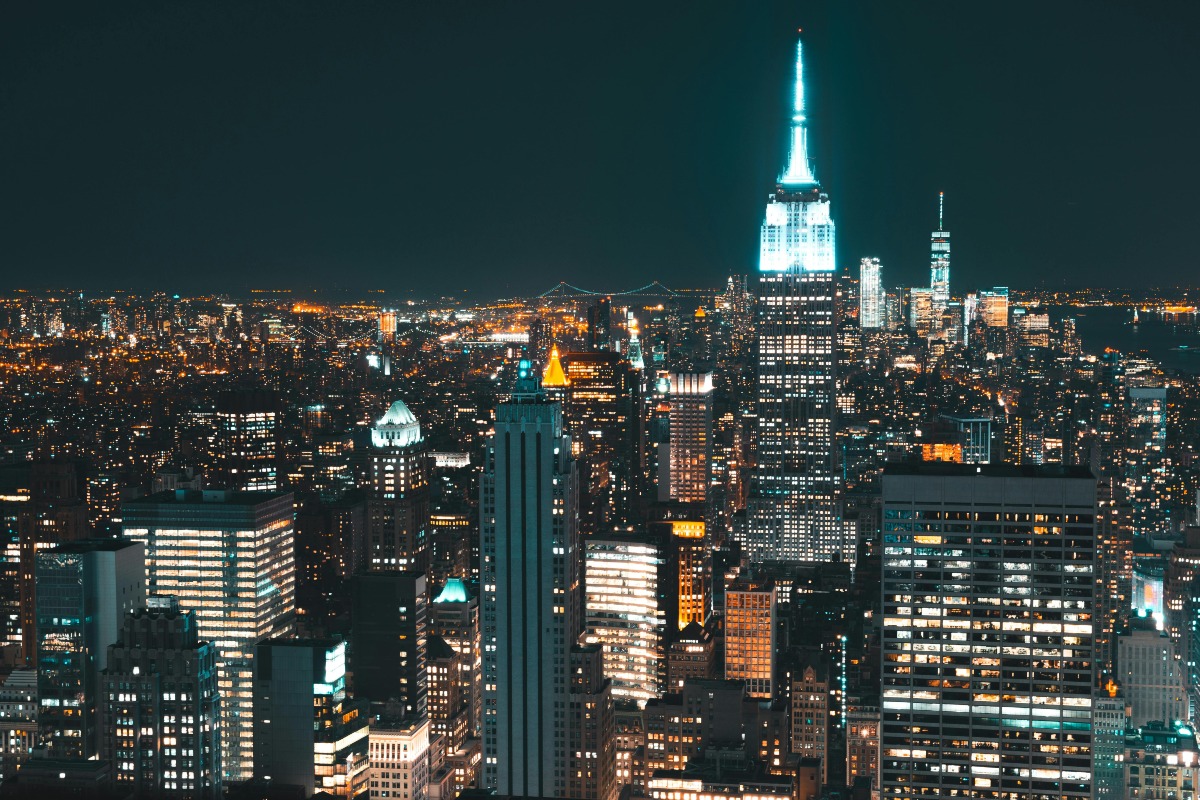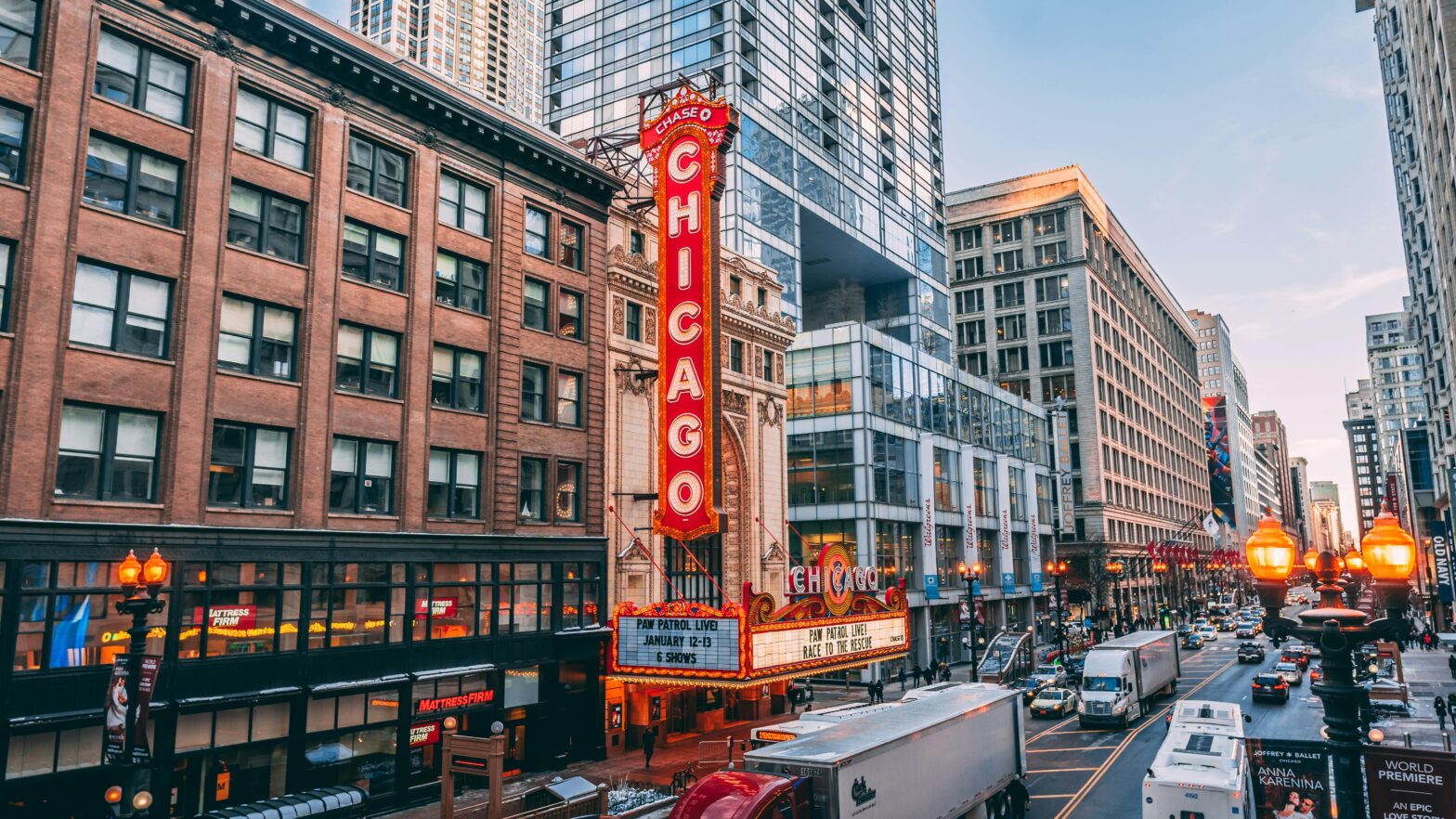New York City, often hailed as the financial capital of the world, has once again cemented its status as a magnet for wealth. According to a recent report by Henley & Partners, the Big Apple is home to nearly 350,000 millionaires. This data translates to an astonishing statistic—one in every 24 residents is a millionaire. The impressive figure places New York City at the top of the global rankings for the most millionaires. What’s interesting is that the city’s millionaire population has surged by 48% over the past decade.
This growth showcases a significant influx of wealth despite the global economic challenges posed by the pandemic. New York City is now home to 744 centi-millionaires (individuals with at least $100 million). An increase like this demonstrates how appealing New York City is as a center for innovation, culture, and the arts. The city also boasts 60 billionaires, further solidifying its position as a haven for the ultra-wealthy. The combined wealth of the city’s residents surpasses $3 trillion, despite a recent exodus of some of its wealthiest inhabitants to cities like Miami.
The Global Millionaire Ranking
Following New York is California’s Bay Area, which houses 305,700 millionaires. Tokyo, Japan is third, while Singapore and London round out the top five. London, however, has seen a 10% drop in its millionaire population since 2013. Many factors emerge when one contemplates the allure of New York and these other cities to the affluent. Dominic Volek, head of private clients at Henley & Partners, suggests that the ability to relocate to leading international wealth hubs is an increasingly important aspect of wealth and legacy planning for private clients. This flexibility and New York’s established financial infrastructure continue to draw wealthy individuals worldwide.
Interestingly, while the term “millionaire” conjures images of luxury, many of New York’s millionaires could be considered “middle-class millionaires.” Although these individuals have liquid investable wealth of at least $1 million, they often do not perceive themselves as rich. This is due to the high cost of living in the city. The cost of housing, education, and even basic amenities like food is significantly higher in New York than in other American cities.
The Impact of Wealth on Local Communities
It’s also important to consider that while the influx of wealth brings certain advantages, such as increased investments and economic activities, it also has drawbacks. For instance, the surge in real estate prices, driven by affluent buyers, often displaces long-standing residents. These locals can no longer afford to live in their neighborhoods and have to relocate to cheaper locations. This phenomenon has been particularly pronounced in New York, where the housing market is one of the most competitive in the country.
Still, as cities worldwide continue to evolve, the concentration of wealth in urban centers like New York will undoubtedly remain a topic of interest. The city’s ability to attract and retain millionaires will play a crucial role in its economic landscape, impacting everything from real estate dynamics to local businesses and services.





